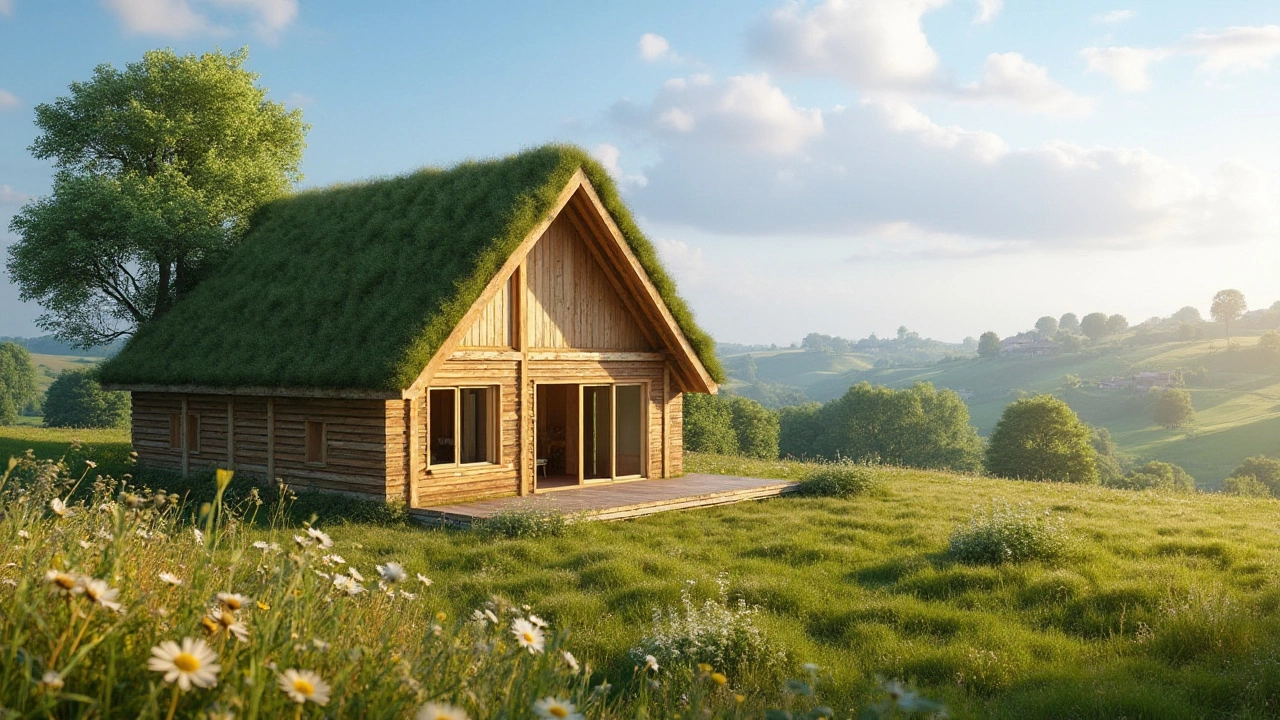Eco-Conscious Homes: Practical Guides for Green Living in the UK
Going green at home doesn’t have to be a headache. Whether you’re buying a cottage, renting a flat, or planning a brand‑new build, there are simple steps you can take right now to cut carbon, lower bills and make your space healthier. On this page we pull together the most useful advice from our articles, so you can start building or retrofitting a sustainable home today.
How to Build a Green Home in 2025
First up, understand the rules. The UK’s Future Homes Standard, due in 2025, sets stricter energy‑performance limits for new builds. That means you’ll need better insulation, airtight construction and a low‑carbon heating system such as a heat pump. Our guide Eco‑Friendly Home Limits in the UK (2025) breaks down the exact numbers, costs and the paperwork you’ll face. The biggest cost hit is usually the heat‑pump installation, but the long‑term savings on energy bills often balance it out.
Next, pick the right materials. Natural timber, hempcrete, recycled brick and low‑embodied‑carbon concrete are top performers. In Best Eco‑Friendly Building Materials for Sustainable Homes we rate each option on cost, availability and carbon impact. For a typical two‑bedroom cottage, a timber‑frame wall with cellulose insulation can shave 30‑40% off the heating demand compared with traditional brick.
Don’t forget the small things. Triple‑glazed windows, LED lighting and smart thermostats add up quickly. A simple draft‑proofing kit around doors and windows can save as much as 10% on your heating bill. And if you have space, a rain‑water harvesting system cuts water usage and reduces the load on the mains.
What to Avoid When Going Eco
It’s easy to fall into a green‑gimmick trap. Some popular building products are actually high‑carbon. Our article What Building Materials Are Not Eco‑Friendly? lists the worst offenders: virgin PVC, traditional asbestos‑free plasterboard, and high‑heat‑oven‑fired bricks. These items often feel cheap or familiar, but they add a hefty carbon load and can be hard to recycle.
Another pitfall is over‑optimising space. Tiny houses look great on Instagram, but they can hide serious drawbacks. In Biggest Drawbacks of Tiny House Living we cover issues like limited storage, poor insulation options and the challenge of fitting standard‑size appliances. If you love tiny living, make sure you choose a design that still allows good insulation and a proper heating system.
Finally, watch the planning side. Some local councils still apply outdated rules that limit solar‑panel installations or restrict wind‑turbine placement. Before you lock in a design, check your area’s planning policies or talk to a local architect who knows the green shortcuts.
Putting all this together, the recipe for an eco‑conscious home is simple: understand the 2025 standards, choose low‑impact materials, avoid high‑carbon shortcuts, and double‑check local rules. Start with one change—like swapping to a heat pump or fitting triple‑glazed windows—and build from there. Every improvement reduces your carbon footprint and makes your home more comfortable.
Ready to dive deeper? Browse the posts below for step‑by‑step checklists, cost breakdowns and real‑world case studies that show how ordinary UK homeowners are turning their houses into low‑carbon retreats.
Finding the Perfect Location for Your Eco-Friendly Dream Cottage
Building an eco-friendly house requires careful consideration of several factors to ensure sustainability and harmony with nature. Selecting the right location is crucial, as it influences everything from energy efficiency to the ecological impact. Understanding local climate, accessibility to resources, and community sustainability practices can help in making informed decisions. This article provides insights into ideal settings for constructing an environmentally conscious home, aiming to assist eco-conscious individuals in their journey to sustainable living.
